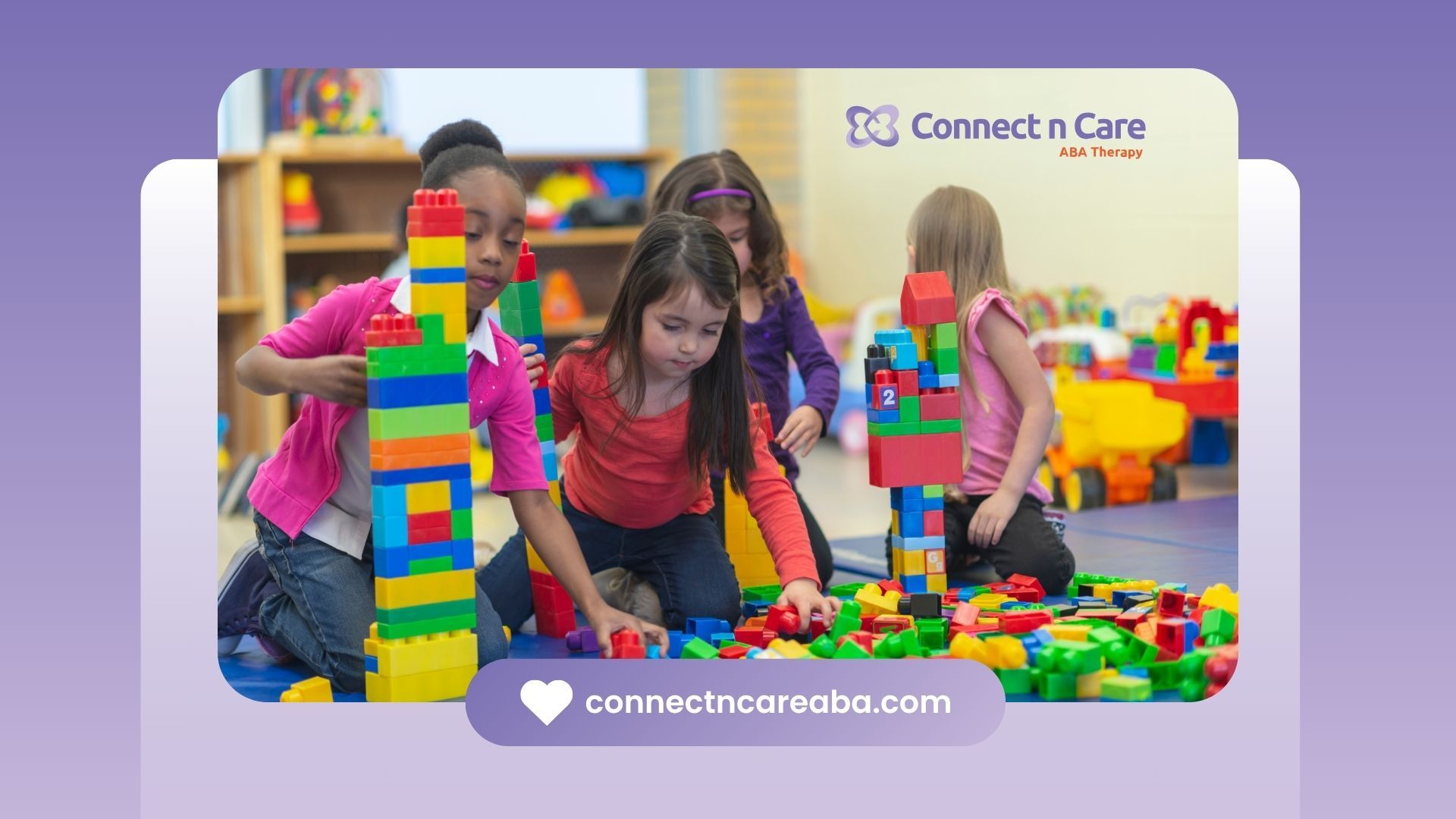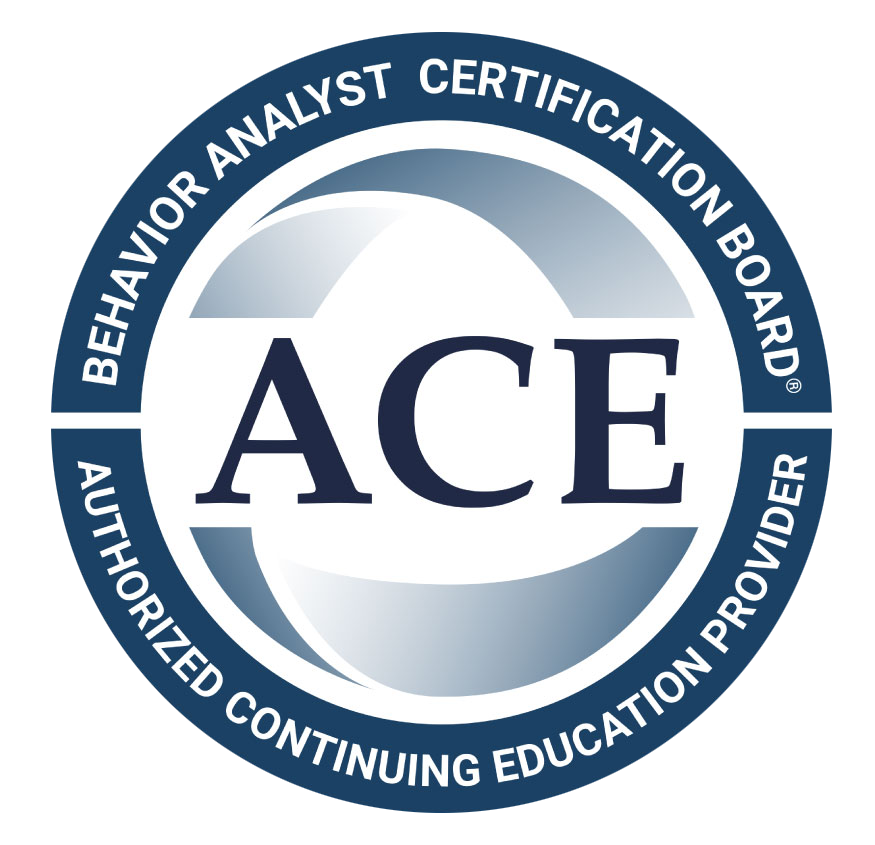Applied Behavior Analysis, or ABA therapy, is a trusted way to help people who have autism spectrum disorder. This method uses behavior analysis that can be measured. It helps them build important skills. ABA is most helpful when started as an early intervention, especially for children with trouble in talking and getting along with others. ABA therapy uses set steps to handle tough behaviors and guide people to do good actions. The focus is to help families find a clear way to improve their child’s quality of life. In the following section, you will see how ABA therapy helps people make progress, one step at a time, for those who are on the autism spectrum.
Understanding the Basics of ABA (Applied Behavior Analysis)
A good start in behavior analysis, especially in ABA, begins when you get the main ideas of how it works. This way of helping people is about understanding why someone does something and then working to change it, often by using positive reinforcement. ABA therapists use plans that fit each person. They include steps like task analysis and chaining to teach social skills and work through challenging behaviors.
Bringing family members and caregivers into the plan makes it better. When everyone works together, with clear expectations and ongoing support, there is a greater chance for real progress. The main goal of behavior analysis and ABA is to make daily life better for people with autism or autism spectrum disorder. Over time, this helps the overall quality of life for them and their families.
What is ABA and Why is it Important?
ABA therapy focuses on helping people, especially those on the autism spectrum, live better lives by changing certain behaviors and teaching them new skills. In this type of therapy, certified ABA therapists look at data to make treatment plans that fit each person and what they need.
A Board Certified Behavior Analyst (BCBA) makes sure that specific problems, like tantrums or aggression, are handled with ways that have been proven to work. They use positive reinforcement as a main tool, so people will want to repeat the good behaviors.
ABA therapy is not just for the person going to the sessions. It teaches families too, so they take part and help with the process. The plans made are very structured. Frequent reviews and working together mean that people get better not just in sessions but also in their daily life. Let’s go over some things people get wrong about aba therapy, so you can see what it really does.
Common Myths and Facts About ABA
ABA therapy often gets misunderstood, but the facts show something else. Here’s what you need to know:
- Myth: ABA is only about stopping bad behavior.
Fact: It helps teach many skills, like communication and social interaction. - Myth: ABA techniques are too strict for real-life learning.
Fact: Today’s aba therapy uses choices for the learner and natural environment teaching. - Myth: Therapy does not see individual needs.
Fact: Certified therapists work with families to choose goals that are both meaningful and doable.
ABA therapy is not just about repeating the same things over and over. It uses plans that fit each person’s needs. When you know these truths, you can see aba therapy as a good and flexible answer. This helps parents, caregivers, and others support their learners in better ways. Next, we will share how beginners can start with confidence.
Getting Started with ABA: What Beginners Need
Starting ABA therapy means you need to know the basics and see how they fit with your child's needs. The first step is to spot the areas to work on, like stopping problem actions or helping your child with social and communication skills. ABA therapists talk to family members to set clear goals and simple plans.
When you break things down into manageable steps, it helps families slowly add ABA to their daily life. With the right support, families can feel good about moving forward and seeing their child’s long-term progress. Now, we will look at key resources to help you learn more about ABA and use it well.
Essential Resources and Tools for ABA Practice
Successful ABA therapy depends on using the right tools and real support. Certified behavior analysts (BCBAs) lead the process. They look at data and what each person needs before they make any treatment plans.
Here are key tools you will see in ABA therapy:
- Visual aids: You will see charts, task lists, and pictures. They make learning and steps simpler.
- Reinforcement schedules: Giving rewards can help motivate a child to do better. It helps keep their progress on track.
- Behavior tracking systems: These tools collect data to show what is better now. They also let BCBAs know when changes should be made.
- Task analysis: This breaks down hard skills into simple, clear steps that anyone can follow.
ABA therapists work with parents, too. The goal is to help families keep good habits going at home. Using professional tools, along with daily support, helps make real, lasting progress in the child’s behavior. When you build a helpful place for learning and growth, you make ABA therapy even more powerful. Now, let’s see how a good support system can make these things work even better.
Setting Up a Supportive Environment for Learning ABA
Creating a good space for learning is key to making ABA therapy work well. You need to help the child by taking away things that take their focus away and by setting up places that fit what therapy needs. This could be a small study spot or a special area to play.
When you use natural environment teaching (NET), it lets parents and caregivers add ABA techniques into daily life. This way, every session feels more like part of their usual day. For example, you can help a child practice saying hello at breakfast or use toys as prizes, so they learn all the time, not just during therapy.
Caregivers have a big part in how well ABA goes. They set clear expectations and use things like charts that show steps, so kids know what to do. These tools help make sure kids keep learning, even when they are not in therapy, and bring these skills into their day-to-day life. Now, let’s look at the five main steps to help you know more about ABA and see real change happen.
Step-by-Step Guide: The 5 Key Steps to Understanding ABA
ABA therapy takes place through five main steps that are made to help bring real changes in behavior. It starts when the team figures out which behaviors to work on and does a focused Functional Behavior Assessment (FBA). Then, certified behavior analysts use this to make and follow treatment plans that fit individual needs.
Regular feedback and tracking of data help the team make the approach better as they go. Skills are taught so that people can use what they have learned in different settings. These steps are in place in ABA to help families work through the plan and build better quality of life over time. Let’s now look at each step to get a better idea of how they work.
Step 1: Identifying Target Behaviors
Recognising target behaviors is the first and most important step in ABA therapy. ABA therapists look at areas where disruptive actions happen, like tantrums, and figure out which positive behaviors to help build, such as taking part in good social interaction.
Certified behavior analysts use what they see and what parents say to describe behaviors in a clear way. For example, they may point out what sets off an outburst or notice patterns that lead to trouble in social situations. This careful look helps them give solutions that fit each person’s needs.
Having clear goals for behavior, like lowering disruptions or getting better at being with peers, helps make the intervention work well. Being exact about what these behaviors are helps get ready for the next step: carrying out a Functional Behavior Assessment (FBA) in ABA.
Step 2: Conducting a Functional Behavior Assessment (FBA)
Gathering information is key when doing a Functional Behavior Assessment (FBA). It helps ABA therapists find out why a learner has challenging behaviors, like tantrums or things that stop class. ABA therapists use different ways to find this out, such as watching the learner and talking with family members. The goal is to spot what causes these behaviors and what keeps them going.
This information helps to build a treatment plan that fits each learner's needs. A good treatment plan works to boost social skills and the overall quality of life. With ongoing support, learners can make real progress, leading to better lives for them and those around them.
Step 3: Creating and Implementing an ABA Plan
Once the assessment is done, the next step is to make an aba therapy treatment plan that fits the learner’s needs. This plan sets clear and measurable goals. The goals may be things like to improve communication skills or to cut down on aggression. The treatment plan will also show when these goals should be met.
Aba therapists use teaching strategies in these plans. The methods may use task analysis or use reinforcement. They try to match how the child likes to learn. For example, if you prompt and praise a child for doing a task on their own, that helps the child move forward.
These plans change as the child grows and learns. The plans happen where they work best for the child, like at home or in a clinic. ABA therapists watch the learner’s progress and make changes as needed. These strong plans help kids build skills they use in their daily life. All of this shows how aba therapy can help you or your loved one reach success.
Step 4: Monitoring Progress and Adjusting Strategies
Once a plan is in place, ABA therapy continues with tracking how well it's working. Therapists collect data during every session to see what’s improving and what still needs work. This is one of the strengths of ABA — every decision is based on real, measurable progress.
If a certain strategy isn’t helping as expected, therapists change the plan. They may try different reinforcement methods or adjust how a skill is being taught. This ongoing review process makes sure the plan always matches the learner’s needs.
Families and caregivers are part of this process too. By sharing their observations, they help ABA therapists make better decisions and improve the therapy results. This teamwork leads to steady and long-lasting progress.
Step 5: Generalizing Skills Across Settings
The final step in ABA therapy is helping learners use their new skills in real life — not just in therapy sessions. This is called generalization. ABA therapists work with families to make sure a child can apply what they’ve learned at home, at school, or in the community.
For example, if a child learns to ask for help in therapy, they should also learn how to do it in the classroom or at the store. Practicing skills in different places and with different people helps make learning stick.
Parents, siblings, and teachers all play a part in this. By using the same ABA strategies and giving support in daily life, they help children keep learning and growing outside of formal sessions. This step is key to real, lasting progress.
Conclusion
To sum up, understanding ABA means knowing both the big picture and the step-by-step process. By learning the 5 main steps — identifying behaviors, doing an FBA, creating a plan, tracking progress, and teaching skills in real life — families and caregivers can become powerful partners in a child’s development.
At Connect n Care ABA, we believe that a clear understanding of Applied Behavior Analysis is the first step towards truly transformative progress. Our expert team is dedicated to simplifying complex principles, partnering with families to navigate every aspect of the ABA journey with unparalleled clarity, unwavering support, and genuine care. We prioritize building strong connections, ensuring that every therapeutic strategy is thoroughly understood, effectively implemented, and thoughtfully tailored for meaningful, lasting development. Choose Connect n Care ABA for a supportive partnership where comprehensive knowledge truly meets compassionate care, guiding your child towards their fullest potential.
Sources:
https://www.autismspeaks.org/applied-behavior-analysis
https://gsep.pepperdine.edu/blog/posts/debunking-7-common-myths-about-aba-therapy.htm
https://www.bacb.com/bcba/
https://moveupaba.com/blog/understanding-natural-environment-teaching-in-aba-therapy/
https://blossomabatherapy.com/blog/what-are-the-5-steps-to-understanding-aba









